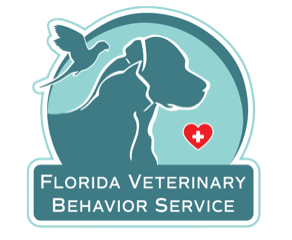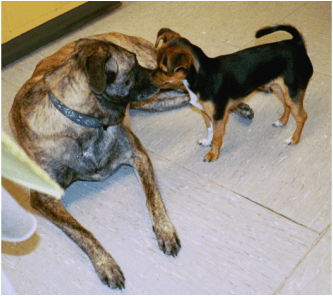When trying to analyze an animal’s body language, each signal must be taken in context. Other body language signals should be analyzed as well to form as complete as possible view of the animal’s intent or emotional state. You can generally characterize signs in 3 categories: go, stop and yield.
The tail can be cause for much confusion when interpreting the body language of dogs. The tail can generally be judged from three perspective: 1) normal tail carriage of the breed ; 2) carriage of the tail in relation to the back; 3) movement of the tail. In the tail up-arched position, the tail is held over the back at an angle of about 90 degrees or less to the horizontal plane of the back.
A tail held in this position indicates a high level of arousal. While it can be positive such as a strong drive to go after a ball, it can also be negative such as the indication that a dog is about to lunge and bite. That is why this body language signal is regarded as yield signal. When you see this signal, it is time to stop and assess the other body language signals being exhibited by the dog to get an accurate idea of what is he saying.

